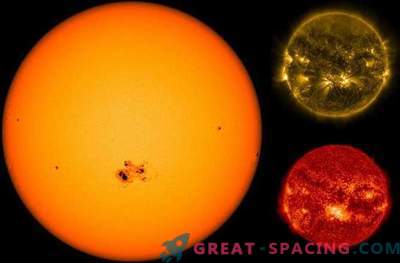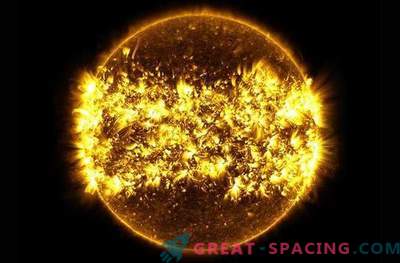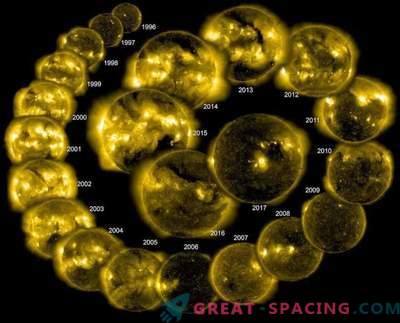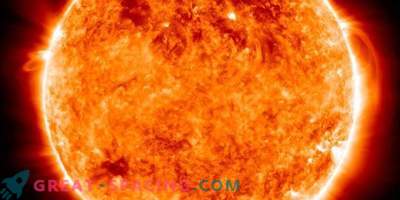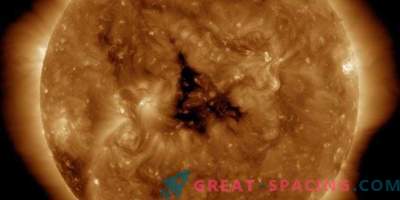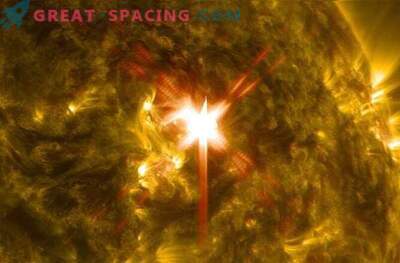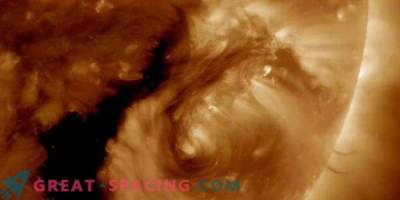
A montage of 365 photographs demonstrates the change in solar activity in the ESA Proba-2 review for 2018. Images obtained by a SWAP camera operating in extreme ultraviolet waves. This allows you to catch a hot turbulent solar atmosphere (corona) at a temperature of one million degrees.
The satellite constantly monitors the Sun, so every day is represented by one frame. Our star exists on an 11-year cycle. In 2018, it covered the solar minimum, demonstrating several active areas (bright in frames).

How to assess the level of activity? To do this, count the number of sunspots (dark areas in the images) or record the intensity of outbreaks. The most powerful outbreak of 2018 arose on February 7 from a small area in the central latitudes of the eastern hemisphere. It was classified as C-8.1.
In the classification system, the weakest are designated as “A”, followed by B, C, M and X. Each letter represents a tenfold increase in output energy, therefore an X-class flash is 100 times more powerful than C. Outbreaks of M and X, along with coronal mass ejections (launching giant clouds of solar matter into space), are capable of creating powerful outbreaks of radiation. If directed to Earth, they can create geomagnetic storms that disturb communication systems and electrical networks. That is why it is important to follow the Sun all the time and be able to prepare and soften the blow.
Solar minimum is a useful period for studying the evolution of active regions without complicating overlapping and contacting territories. Active regions can last from several days to several months.
The ESA and NASA missions are closely following the relationship between the sun and the earth. Among the missions are the Proba-2 satellite, the SOHO Solar and Geo-Sphere Observatory, the Solar Dynamics Observatory and the Parker Probe. Next year, the Solar Orbiter from ESA should start, which will closely examine the polar solar regions, which will allow a better understanding of the star's cycle.
